5 Best Low-Impact Exercises That Transform Your Body After 50
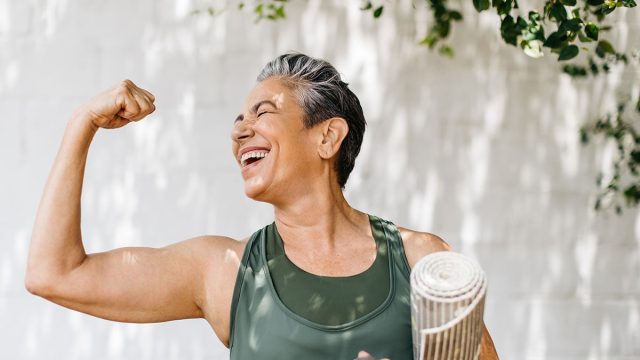
As a fitness specialist who works primarily with adults over 50, I've seen firsthand how challenging it can be to stay active as we age. Maybe you've tried hitting the gym only to find that those high-intensity workouts leave your joints screaming, or perhaps you've convinced yourself that serious exercise just isn't in the cards anymore. I'm here to tell you that transforming your body after 50 is absolutely possible—and you don't need to punish yourself to do it. Read on to discover five low-impact exercises that can change your life without wrecking your body.
Why Your Body Needs Gentle Movement Now
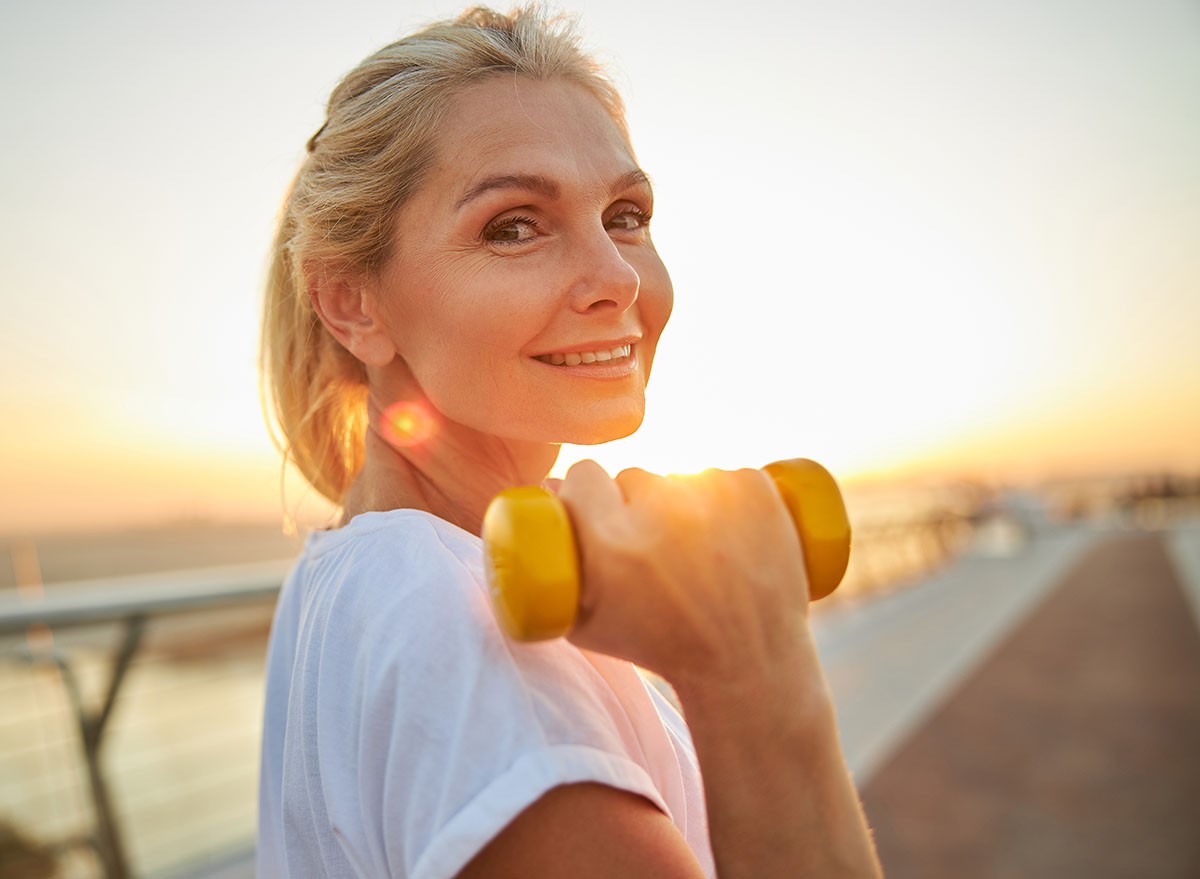
Let's be honest—the biggest hurdle for many of us over 50 isn't physical, it's mental. We either think we're too old for serious exercise or we get discouraged when we can't keep up with the same routines we did in our 30s. Many of us are already dealing with some stiffness or joint pain, and the last thing we want is to make it worse.
That's where low-impact exercise comes in. These movements are gentle on your joints but still effective for building strength, improving balance, and boosting your overall fitness. They're sustainable, meaning you can do them regularly without risking injury or excessive fatigue. Best of all, most can be done right at home—no fancy gym membership required.
RELATED: 5-Minute Walking Workouts for Women Over 40 to Burn Fat at Home
Strengthen Your Legs Without Standing Up
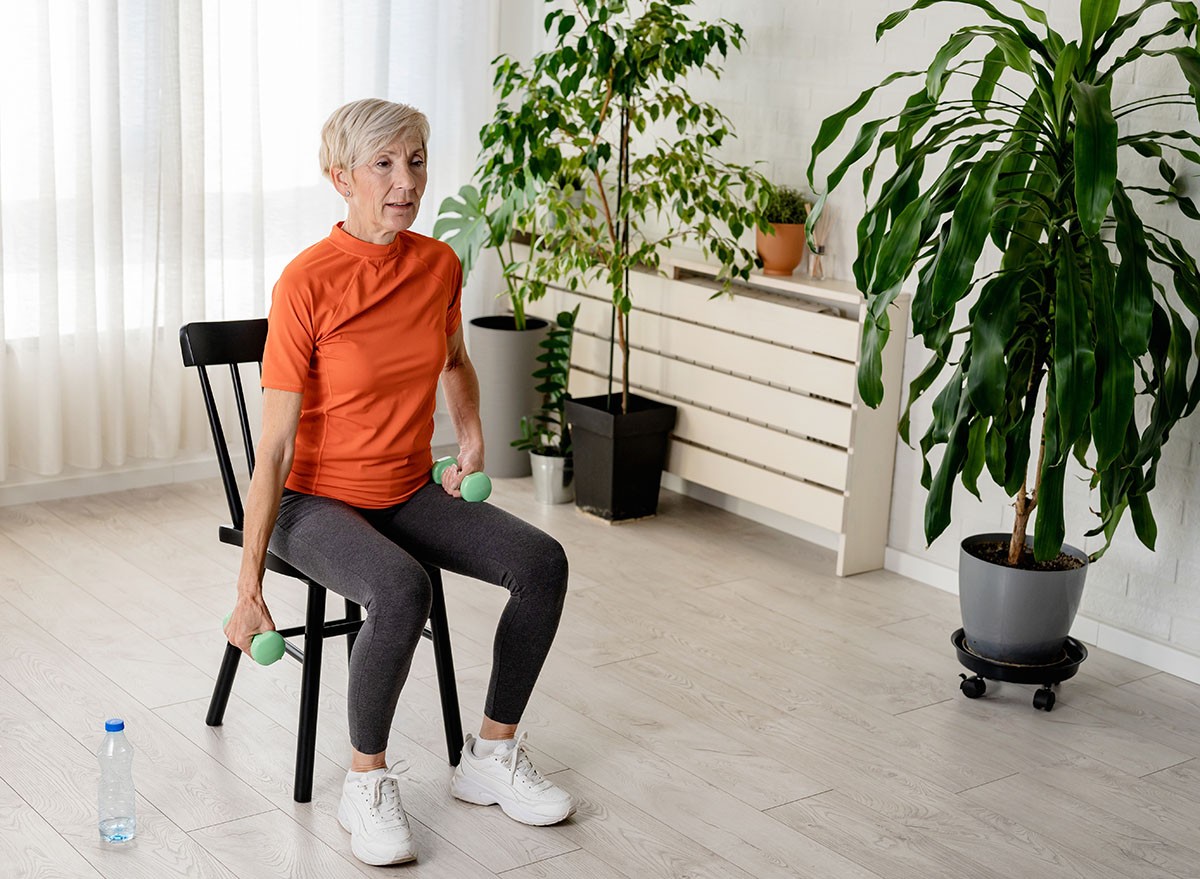
Don't let the simplicity fool you—seated marching is a powerhouse move for building leg strength and improving coordination. It's perfect if you're just getting back into fitness or if standing exercises are challenging for you right now.
Simply sit tall in a chair with your feet flat on the floor, then lift one knee up toward your chest, lower it back down, and repeat with the other leg. Aim for 1-2 minutes of continuous marching, 3-4 times per week. Keep your posture tall and avoid leaning back in the chair to prevent any strain on your lower back.
Want to make it easier? Slow down your pace or don't lift your knees quite as high. Ready for more challenge? Speed up slightly or add light ankle weights for extra resistance.
Say Goodbye to Weak Knees
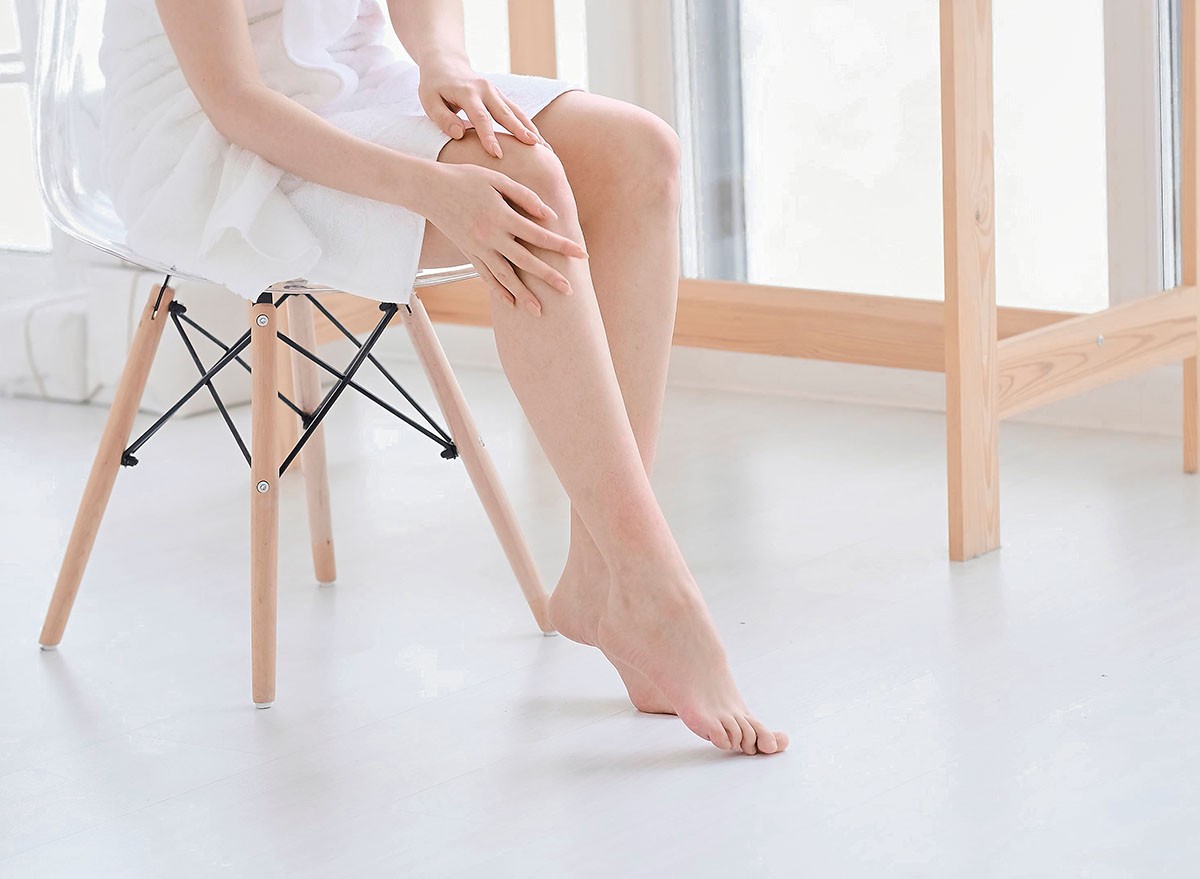
Standing leg curls are fantastic for targeting the hamstrings—those muscles at the back of your thighs that often get neglected. These muscles are crucial for knee stability, which becomes increasingly important as we age.
To perform this exercise, stand tall holding onto a chair or counter for support. Slowly bend one knee, bringing your heel toward your buttocks, then lower it back down with control. Do 2-3 sets of 10-12 repetitions on each leg, 3-4 times per week.
For an easier version, just bend your knee slightly and focus on slow, controlled movements. If you're looking for more challenge, hold the bent position for a few seconds before lowering, or add ankle weights for resistance. Remember not to arch your back during this movement—keep your spine neutral to avoid discomfort.
Walk This Way to Prevent Falls
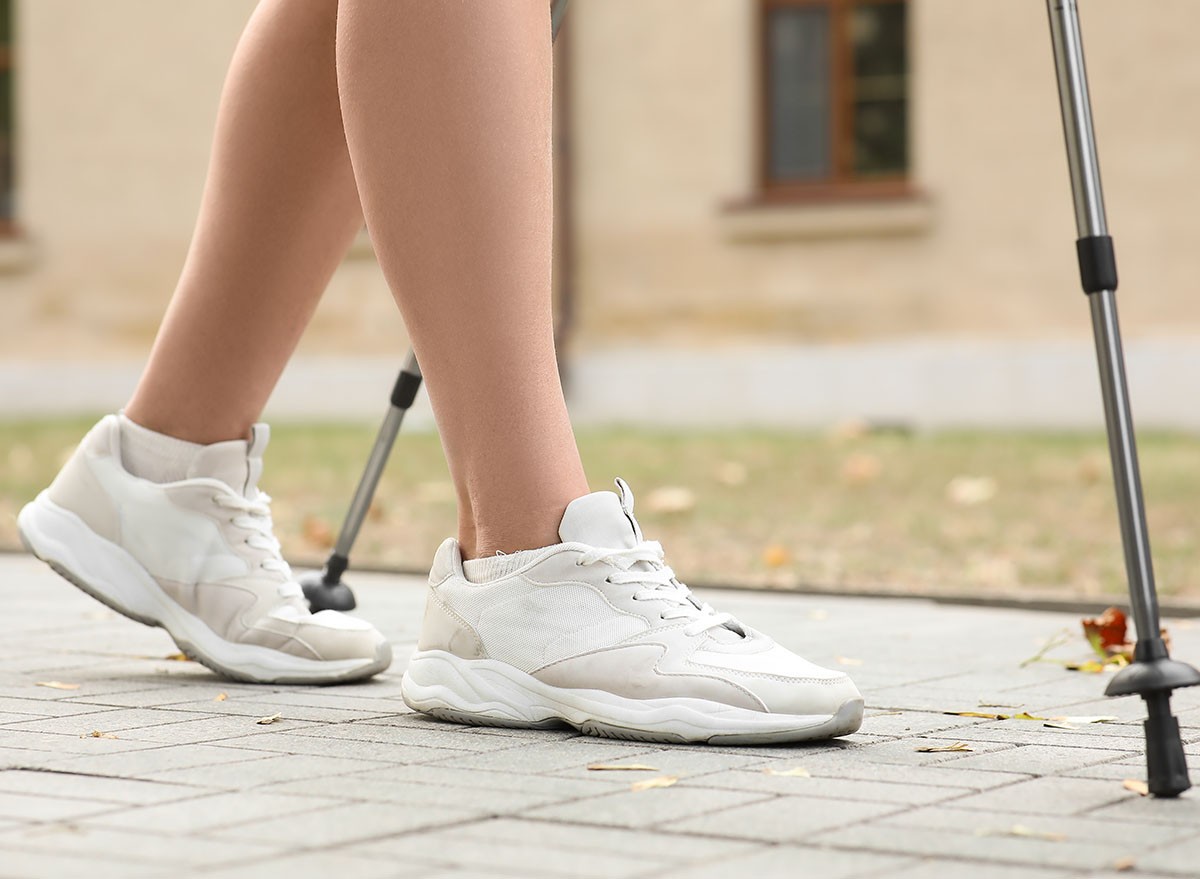
As we age, our balance often deteriorates without us even noticing—until we have a close call or a fall. Heel-to-toe walking is a simple yet incredibly effective exercise for improving balance and stability.
Find a clear path in your home, perhaps along a hallway where you can use the wall for support if needed. Place the heel of your right foot directly in front of the toes of your left foot, as if you're walking on a tightrope. Continue this pattern, placing the heel of each foot directly in front of the toes of the other foot. Do this for 1-2 minutes at a time, several times per week.
If this feels too challenging, start with slightly smaller steps and a slower pace. As your balance improves, you can gradually increase your walking time. Keep your posture aligned and resist the urge to lean forward as you walk.
RELATED: Tone Sagging Arms in 2 Weeks With These 5 Exercises
Your Hips Will Thank You for This One
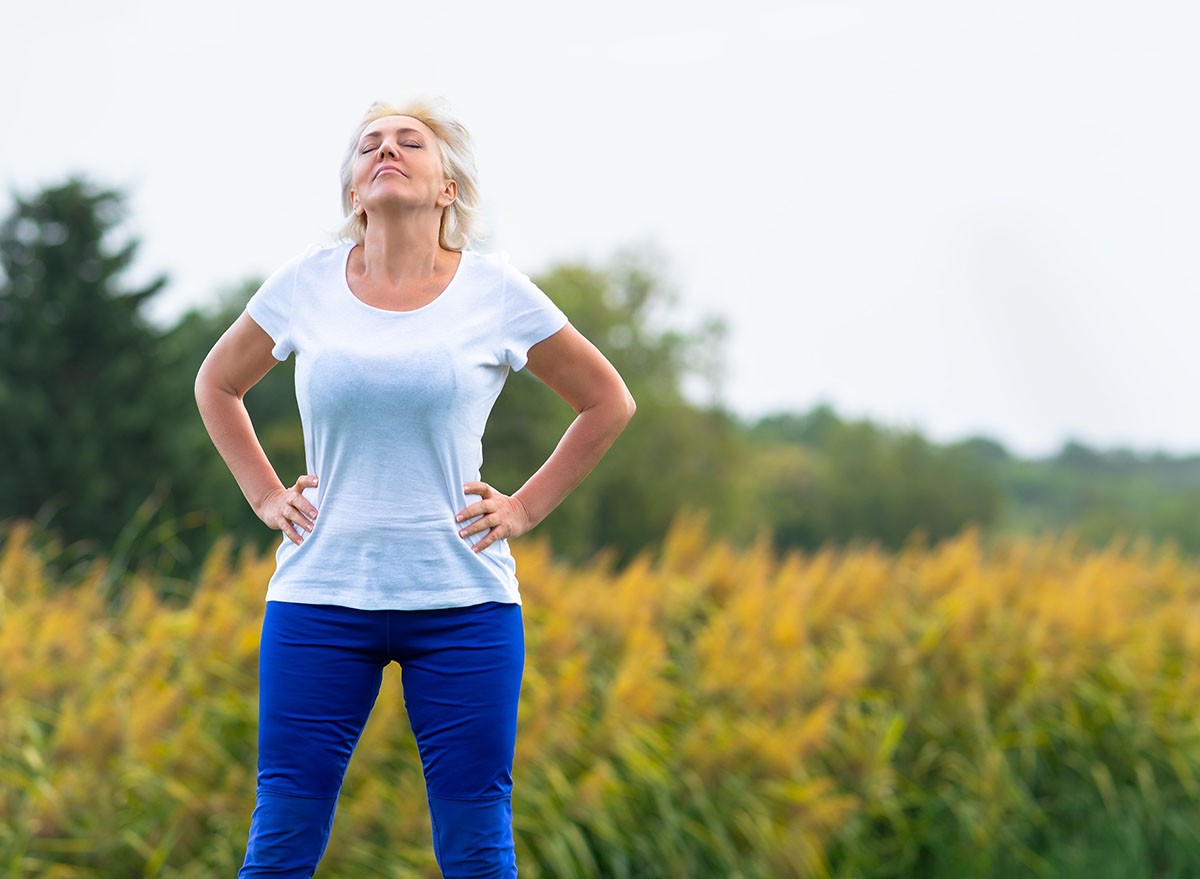
Many exercise routines focus on forward movement, but our bodies need to be strong in all directions. Side-stepping specifically targets the hip muscles that support lateral movement, which is essential for stability and preventing falls.
Stand with your feet hip-width apart, knees slightly bent. Step to the right with your right foot, then bring your left foot to meet it. Continue stepping to the right for several steps, then reverse direction and step to the left. Perform side-stepping for 1-2 minutes, 3-4 times per week.
For a less challenging version, take smaller steps or rest more frequently. Want more of a workout? Increase your pace or place a resistance band around your legs just above the knees. Throughout the exercise, keep your chest up and avoid slouching or turning your body too much—the movement should come from your hips and legs.
Tap Your Way to Better Balance
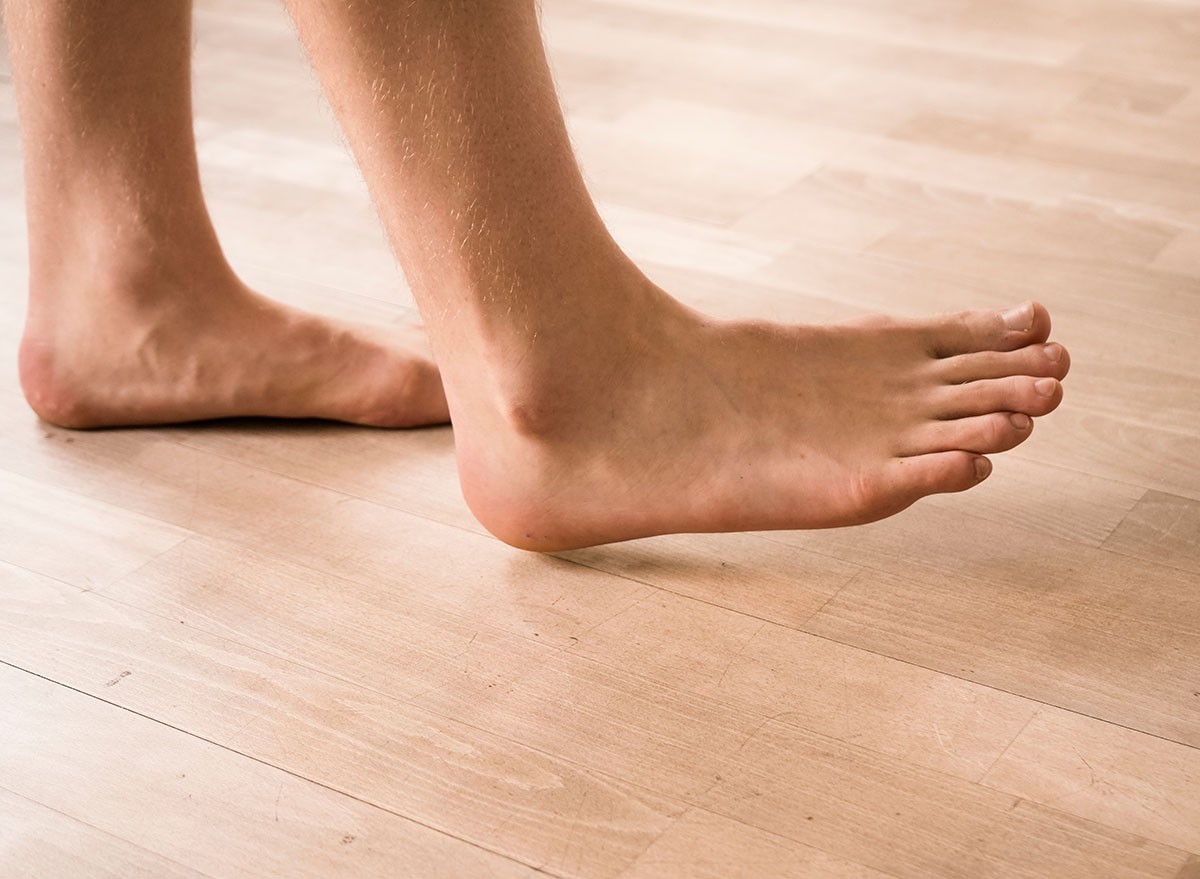
Our ankles often get overlooked in fitness routines, but they're crucial for mobility and balance. Toe taps are a simple exercise that improves coordination while strengthening the lower legs and ankles.
Sit in a chair with good posture and feet flat on the floor. Keeping your heel on the ground, lift the toes of your right foot up toward your shin, then tap them back down. Repeat with the left foot, alternating between feet. Perform 2-3 sets of 10-15 repetitions per leg, 3-4 times per week.
If you find this challenging, slow down the movement and rest between sets. For more difficulty, increase your speed or add a light weight across your feet. Remember to keep your movements deliberate and controlled—jerky motions can strain the knees.
No Need to Overthink Your Workout Schedule
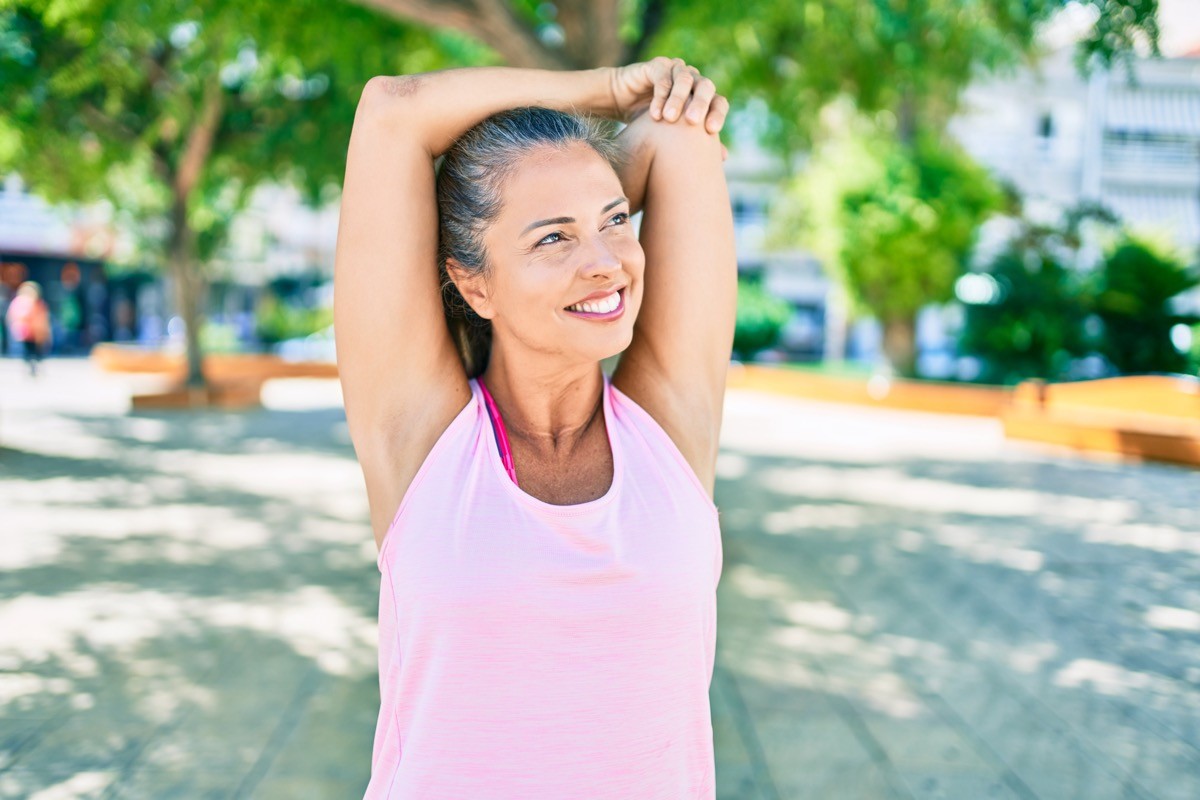
Don't overthink it—you don't need an elaborate training schedule to see results. Start by choosing 3-4 days each week for your exercise sessions. Aim for about 30 minutes per session, mixing the exercises we've covered for a balanced approach to strength and balance.
If 30 consecutive minutes feels like too much, break it up! Try 10 minutes in the morning, 10 at midday, and 10 in the evening. The body doesn't care if your exercise is spread throughout the day or done all at once—what matters most is consistency.
Remember to listen to your body and rest when needed. Some days you might feel energetic and do more, while other days might call for a gentler approach. That flexibility is one of the beauties of these low-impact exercises.
RELATED: I Got My Best Body After 50 and Here's How You Can, Too
Eat This to Bounce Back Faster
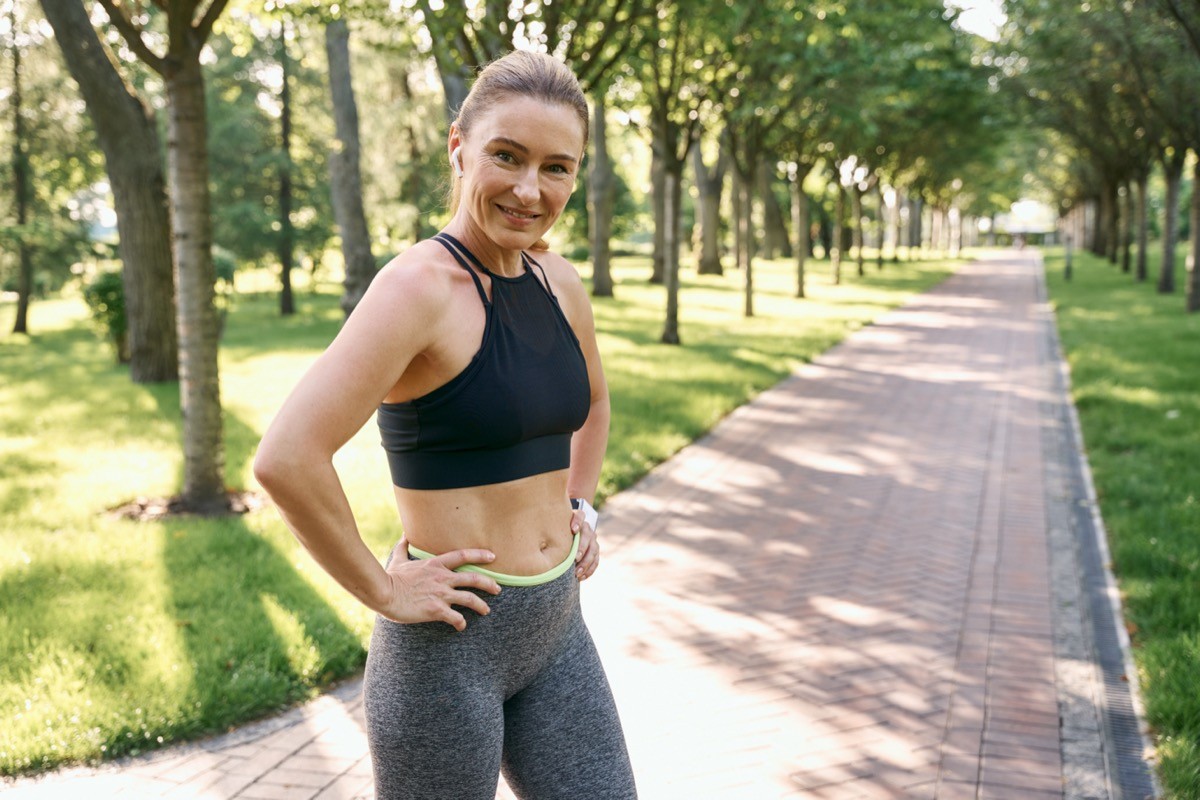
Exercise is only part of the equation—what you eat plays a huge role in how your body responds to movement, especially after 50. Our bodies typically need more protein as we age to maintain muscle mass, and recovery time often lengthens.
Focus on a balanced diet that includes lean proteins, plenty of vegetables, and whole grains. Stay well-hydrated, as dehydration can exacerbate joint pain and reduce energy levels. On your rest days, consider light stretching or a slow walk to promote recovery without overtaxing your system.
Perhaps most importantly, prioritize sleep. Quality rest is when your body repairs itself, and good sleep has been linked to better weight management, improved mood, and faster recovery from exercise.
The Changes You'll Notice (And Feel)
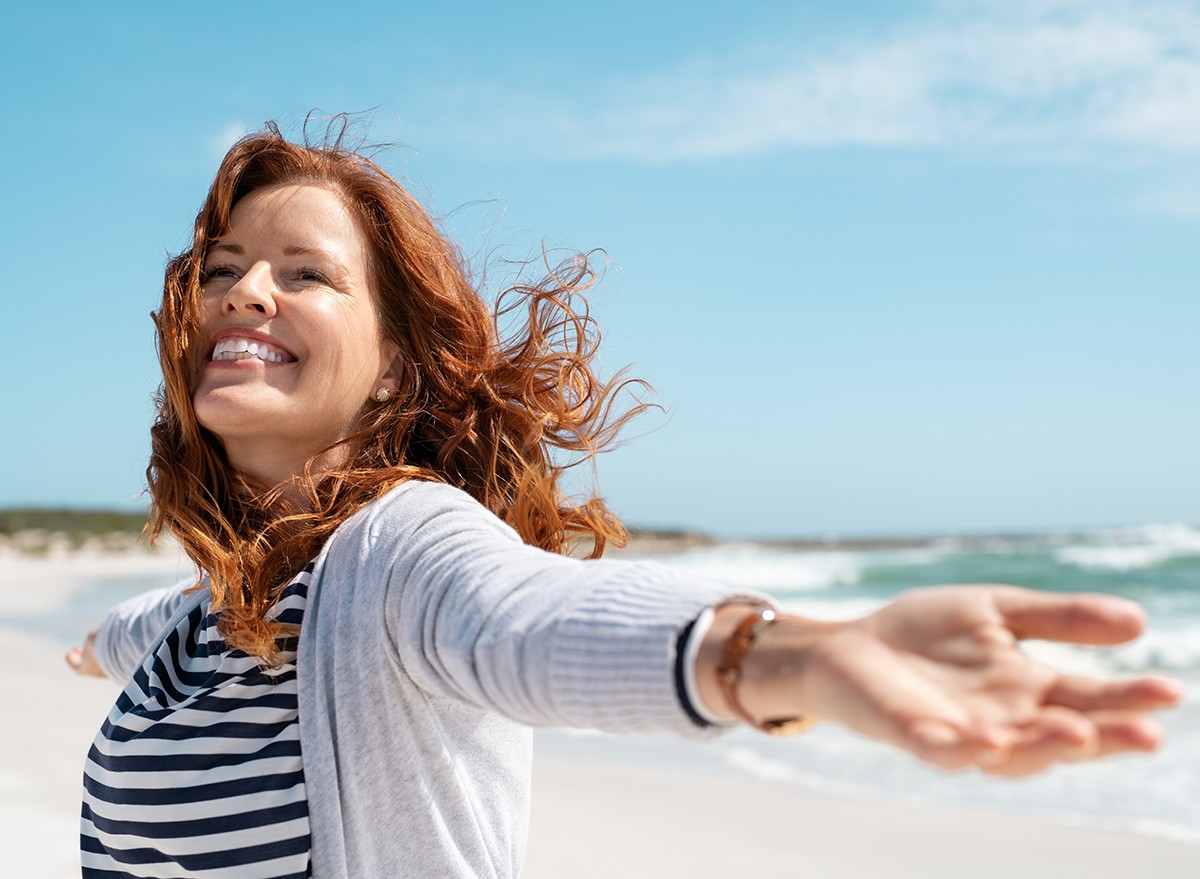
Stick with these exercises consistently for just a few months, and you'll begin to notice real changes in how you feel and move. Most of my clients report stronger legs with less joint pain, making everyday activities like climbing stairs or getting up from a chair noticeably easier.
You'll likely build endurance, meaning activities that once left you winded may become manageable or even enjoyable. Many people also notice improved fluid balance in their bodies—less water retention means you may feel lighter and less bloated.
Don't expect overnight transformations, but do look for subtle improvements in how you feel day to day. These small wins compound over time into significant changes in your quality of life.
Feeling Overwhelmed? Start Here

If you're feeling overwhelmed at the thought of starting a new fitness routine, here's my best advice: start small. Pick just one or two exercises that appeal to you—perhaps walking or gentle stretching—and build from there.
On days when you're tired or lacking motivation, fall back on those favorite exercises. Something is always better than nothing, and maintaining the habit of movement is more important than any individual workout.
If you're struggling to stay consistent or just want more guidance, consider working with a trainer, either in person or virtually. Having someone to guide you, answer questions, and hold you accountable can make all the difference in your success.
The truth is, it's never too late to improve your fitness, and your body is more capable than you might think. These low-impact exercises offer a gentle but effective path to better health—all you need to do is take the first step.
And if you enjoyed this article, take advantage of these 15 Quick Ways to Lose Body Fat Percentage in a Week




